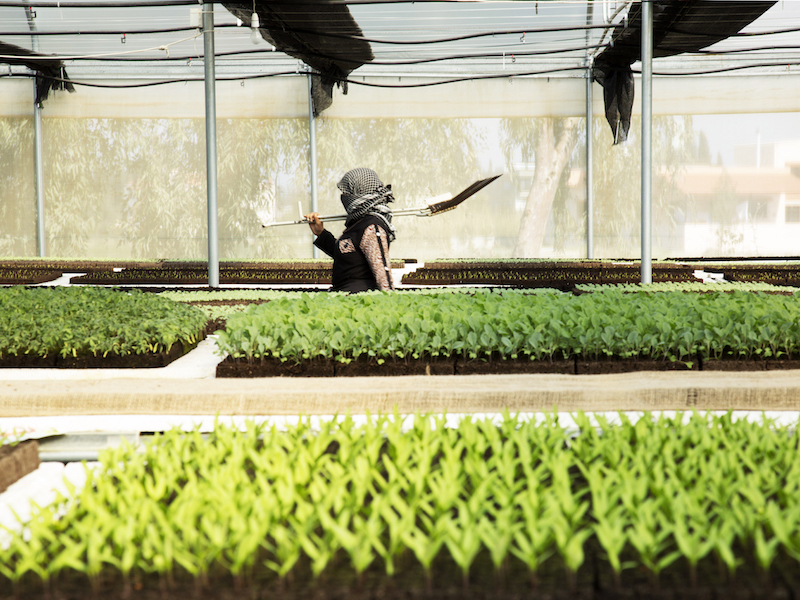 Dalia Khamissy/UNDP, flickr.com, 2014.
Dalia Khamissy/UNDP, flickr.com, 2014.
Food insecurity and ‘land grabs’ are very much in the news for the Middle East as for neighbouring regions such as Africa. The historical layers that lie behind the conflicts over the capacity to produce food and access to land remain, however, remarkably poorly documented. From the late 1960s the growth and circulation of oil rent across the region seemed to relegate to the background the political importance of control over land and of the agrarian sector more generally. A land system is a long time in the making, with layers lying upon earlier mappings of right.
This project used comparative case studies from a single small area, southern and eastern Lebanon. The project explored the relation between secure, long-term access to land for farming households and their capacity to contribute to local, regional and national ‘food security’. Two villages were compared in depth, but a wider number of cases were explored in at a more superficial level.
The village of Sinay near Ansar in south Lebanon was used as the first case study. The research began with the registration of land ownership of the late 19th-century; a ‘palimpsest’ overlain but never erased by earlier gradual and then more radical transformations from the 1970s. Second, in charting the historical changes in landscape the study combined official documentation and oral testimony. Lastly, to answer the questions posed about the relation between secure access to land and the capacity to make land express its productive potential, the contemporary markets within which the communities live in terms were documented, including the price of imported goods, the flows of oil rent (often channelled at a higher level through ‘political money’) and of migrant remittances, and the value chains of the products of the land.
This monographic work on a community of landless cultivators was contrasted with work on a village where land registration took place only much later and where, being an agro-pastoralist community, urban capital played little part in land transactions. The village of Irsal in the eastern anti-Lebanon has seen a very different pattern of agricultural development and investment in land to that of Sinay. Lying behind the monographic sketch is the basic question: How much can the differences in land-use and investment in land be attributed to land tenure and how much to other constraints?
This project forms part of the Academic Collaboration with Arab Universities Programme, funded by the Emirates Foundation.
Project Outputs
- ‘The right to the village? Concept and history in a village of South Lebanon’ Saker ElNour, Cynthia Gharios, Martha Mundy and Rami Zurayk, Justice Spatiale | Spatial Justice, special issue, 7, January 2015. Available in French and English.
- 'Transformation rurale, paysage et conflit dans un village du Liban Sud, Sinay', Cynthia Gharios, Saker ElNour, Martha Mundy and Rami Zurayk, Economie Rurale, special issue on agricultural property (foncier agraire), July 2016.
Research Team
Martha Mundy | Principal Investigator
Martha is Professor Emeritus in the Department of Anthropology at LSE.
Rami Zurayk | Co-Principal Investigator
Rami is Professor of Ecosystem Management at the American University of Beirut.